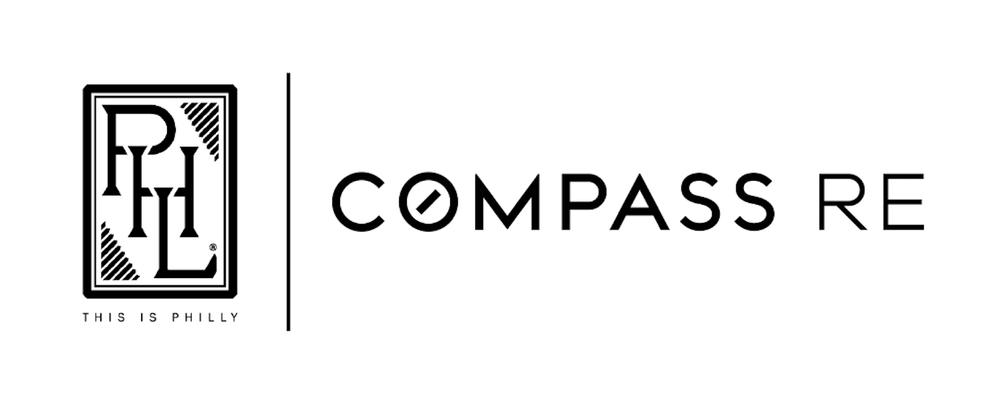When Riverwards Group embarked in late 2017 on building N5 Square, a 61-unit townhouse complex at 1620 N. 5th St. in the Kensington neighborhood of Philadelphia, the real estate company was confident it was hitting the market just right.
In hindsight, there was nothing wrong about that assumption. It took 11 months to sell out and around 21 months to build and finish up the development. “There’s a bottomless market for housing for $400,000 that provides parking with it,” said Mo Rushdy, co-founder of Riverwards Group, a Philadelphia real estate company that developed N5 Square. “That is not just us.”
Indeed, it’s not. In its latest housing report, Center City District found that last year, 2,059 new residential units were completed in the emerging Philadelphia neighborhoods of Brewerytown, Poplar and Kensington and nearly equaled the number of units completed in more traditional neighborhoods of Center City such as Rittenhouse Square, Washington Square and Old City.
CCD defines the communities it tracks between Girard Avenue and Tasker Street from the Schuylkill River to the Delaware River as greater Center City. “In the last three years, construction burst through those boundaries,” the report said.
In the two ZIP codes south of Tasker Street, which were 19145 and 19148, an additional 181 housing units were completed last year. If they were tallied into the 2,059 new units in those edge neighborhoods, then total exceeded the new housing built last year between Girard and Tasker, where 2,142 new units were constructed, the report said.
CCD calculations showed there were 668 fewer units completed in Center City in 2019 than in 2018. “This is not a sign of diminished demand, but rather the result of a widening of the area in which downtown-oriented, residential development is occurring,” the report said.
As developable parcels have become scarce and expensive in neighborhoods such as Northern Liberties and Fishtown and too pricy everywhere else closer to the core of Center City, developers have stretched the boundaries of where they will search for land that can be bought cheap enough and big enough to make a project pencil out. That has meant going into neighborhoods once overlooked by developers and eschewed by buyers.
This expansion into new areas has generally enabled market-rate housing to stay affordable, said Paul Levy CEO of CCD. That has translated in the city retaining young adults in their 20s and 30s.
While that has strengthened Philadelphia’s population and added to the tax base, it hasn’t helped the affordability challenge faced by those with lower incomes or living in poverty, Levy said. He also noted the housing report was completed prior to the coronavirus pandemic.
The report shows not only did greater Center City experience a robust residential sales market but its rental market was also strong. In the Class A apartment market, which accounts for mostly new construction, rents came in at $2.72 a square foot. That's up 4.1% over 2018. The Class A market also absorbed 1,475 apartments that were recently constructed, according to the report. That’s down slightly from 1,527 units occupied in 2018. The Class A vacancy rate stood at 6.5%, lower than 11.9% in 2018, according to CCD, which used Delta Associates data.
Though stalled because of the coronavirus and mandates to stop all non-essential projects, 3,982 were under construction and another 2,780 units in various stages in the part of the city, at the end of the year.
On the buyside of the residential market, the uptick of construction in areas once considered fringe neighborhoods is similar to dynamics that take place in the suburbs. When prospective buyers get priced out of the inner rings — communities close to centers of commerce and population — they are pushed further out to more affordable areas where the land is plenty and cheap.
That’s also the case in Center City. It is also a reflection of a nagging issue of low inventories of residential units facing Philadelphia, the region and the United States.
“There’s a critical under supply in the $400,000 to $750,000 range at the top for the first-time home buyer and those who want to move up,” said Ryan McManus, a real estate agent with Compass familiar with the Fishtown, Kensington, East Falls and other parts of the city. “Developers are getting cheaper land than they can buy in the core and building there.”
As a result, land prices in some of these edge neighborhoods have been “out of touch for the market,” McManus said. That has been building for the last three to five years.
The pandemic and subsequent shutdown of economic activity including residential and land sales, is almost a welcome reset for the market and pricing, he said.
“We handle a lot of off-market deals,” McManus said. “If we have 20 deals, two or three get done. If land became more affordable, then more deals will get done and more homes will get developed.”
At this point, there’s no shortage of for-sale houses in the pipeline to get built in those hotspots.
Rushdy estimates that at 5th and Cecil B. Moore, between 350 to 400 new units are approved and in various stages. For Riverwards, Rushdy said its Kensington Courts project is 14 units from being sold out. Its Avenue V project, with 151 units of rental and for-sale units at 5th and Cecil B. Moore scheduled to start as soon as the state ban on non-essential construction gets lifted.
With low interest rates and what Rushdy believes will be pent up demand, he’s confident in the project’s success. “We think that the fourth quarter will be phenomenal,” he said.

